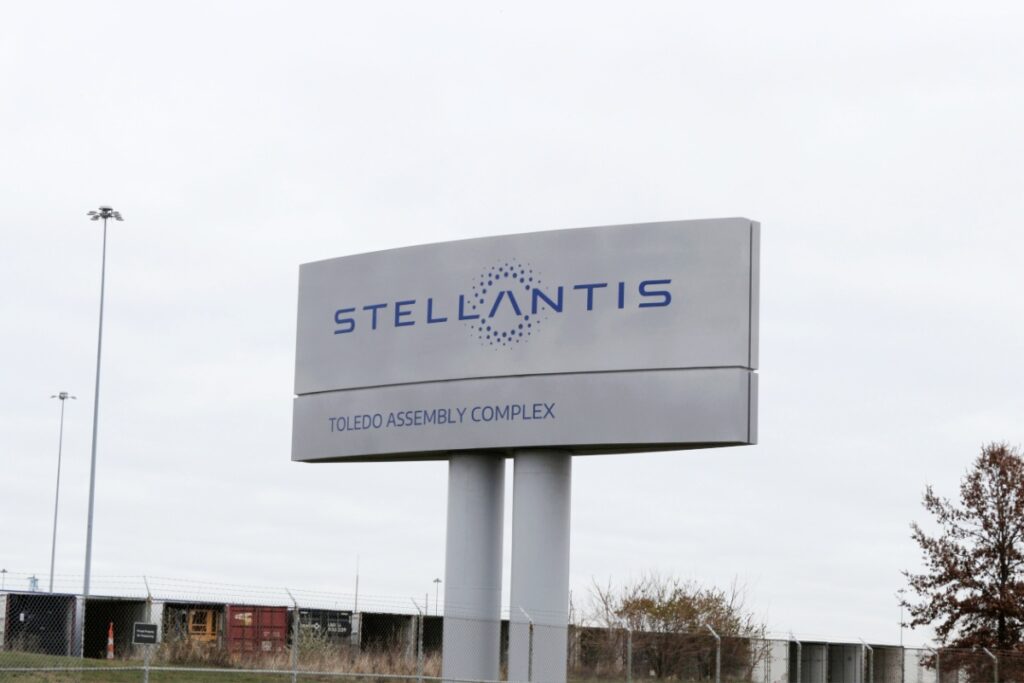A recent announcement by Stellantis NV, the multinational automotive conglomerate, that it would transfer Jeep manufacturing from Ontario to Illinois has triggered a sharp response from Canadian officials. The move, confirmed earlier this month, provoked criticism from Ontario Premier Doug Ford, who accused the company of undermining Canadian jobs and urged the provincial government to consider retaliatory measures.
Production Shift Spurs Political Reaction
The decision also drew rebukes from Prime Minister Justin Trudeau, who voiced disappointment over the shift and emphasized the importance of maintaining strong industrial ties between Canada and the United States.
Stellantis said the relocation would reduce logistical costs and streamline production by consolidating two separate Jeep assembly lines into a single facility in Belvidere, Illinois. Sources close to the company indicated the change would take effect over the next few years, though precise timelines remain unclear. The automaker argued that the move is consistent with long-term strategic planning and global competitiveness, rather than a reflection of political tension.
Economic and Strategic Implications
The decision is poised to affect the economies of both regions. In Ontario, the loss of Jeep production is likely to yield job cuts, though Stellantis has not released concrete estimates. Local supply chains, which support parts manufacturing, logistics, and ancillary services, may face contraction. In Illinois, the ambits of expansion include increased employment and infrastructural investment, benefiting regional economies already familiar with automotive operations.
Analysts note that such relocation decisions often hinge on factors including labor costs, state incentives, regulatory environments, and transportation efficiencies. By merging two Jeep lines into one plant, Stellantis hopes to achieve higher per-unit economies of scale and reduce operational redundancies. The company’s strategy appears aligned with global trends in the auto industry, where regional consolidation is increasingly common amid rising competition and supply-chain pressures.
Diplomatic Fallout and Government Reaction
The move has escalated tensions in Canada–U.S. relations, particularly at the provincial level. Premier Ford lashed out publicly, demanding that the federal government intervene and exploring retaliatory options such as altering energy or trade arrangements. He also criticized Stellantis by invoking previous remarks from former U.S. President Donald Trump, who had threatened to penalize jurisdictions viewed as unfriendly to U.S. manufacturing. Ford said Ontario would not sit idly by in the face of such a major corporate shift.
On the federal front, Trudeau’s government expressed concern about the broader economic message the move may send to foreign investors. Officials reportedly began discussions with Stellantis executives to explore mitigating measures. Some ministers also hinted at reviewing federal tax incentives and trade policies to ensure that Canada remains an attractive location for advanced manufacturing.
Washington reacted more cautiously. U.S. officials avoided direct involvement, framing the decision as a private business matter governed by market forces rather than foreign policy. However, observers say the episode may feed into broader debates over industrial sovereignty and regional competitiveness.
Broader Context and Industry Trends
This transition occurs against a backdrop of heightened competition within the North American auto sector. Many carmakers are reassessing production footprints amid supply-chain vulnerabilities and evolving demand for electrified vehicles. Consolidating operations closer to component sources and end markets has become a recurring theme.
Furthermore, the shift underscores tensions over Canadian industrial policy. While provinces vie for foreign direct investment, differences in regulatory regimes and incentive structures have made Canada more vulnerable to projects relocating to U.S. jurisdictions. The Stellantis case may prompt provinces and the federal government to revisit investment strategies and intergovernmental coordination.
Amid these dynamics, Stellantis emphasized that the decision was not a judgment on Ontario’s workforce or capabilities. The company reiterated that the change aligns with global efficiency goals and aims to bolster overall competitiveness. Jeep officials added that they would work with affected communities to manage transitional impacts, although no concrete support packages were detailed.
In recent years, several automakers have shifted operations within North America—some to Southern U.S. states with more favorable business climates, others closer to key markets. The Stellantis move thus fits into a continuing pattern of regional rebalancing in the auto industry.


